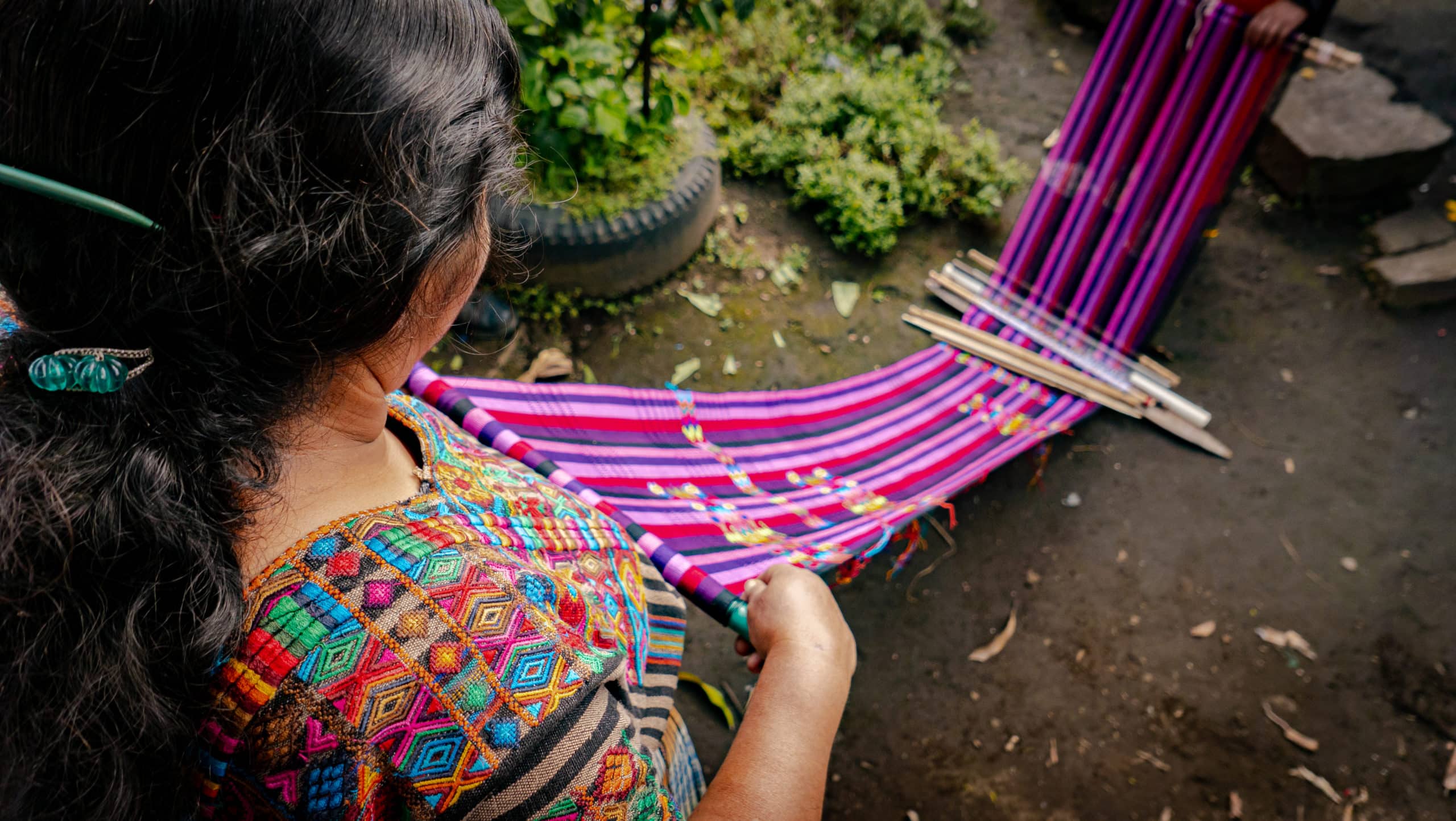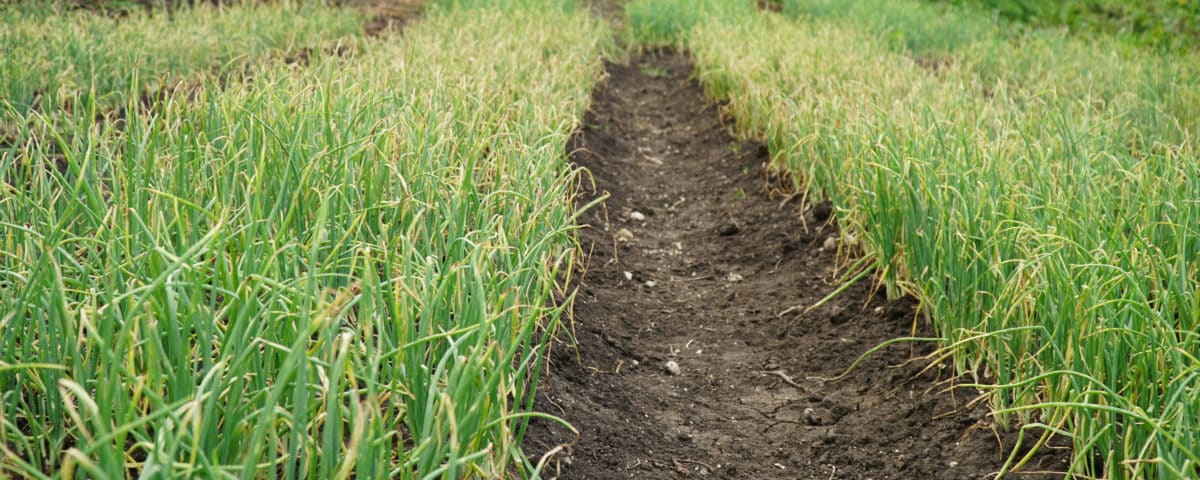

How Real Investment Is Making A Difference For These Central American Women
December 16, 2021FY 2021 Annual Report
February 1, 2022Rainfall Prediction App Builds Resilience & Increases Incomes

Indonesia’s Sumbawa Island lies in the middle of the Lesser Sunda Islands. In the center of Sumbawa is Dompu Regency. Dompu is dotted with small family farms, most of which grow corn. These farms are usually small, on sloping land and worked using dryland farming techniques. This means the incomes of thousands of farmers revolve around how they best exploit the annual rains.
For generations, Dompu’s farmers have used signs in nature and astronomical calculations to predict rains and droughts. December has been the traditional planting time. But with the increasing impact of climate change, the first rains have begun to arrive any time from October to January, making these traditional signs far less accurate.
That’s where adaptation and technology come in.
In 2015, World Neighbors, in collaboration with the Bandung Institute of Technology (ITB) and with support from USAID’s Bureau for Humanitarian Assistance , introduced a technology-based rainfall prediction program. It uses complex algorithm software to create detailed rainfall pattern projections; recommendations on the types of crops suitable for the amount of rainfall; and warnings for potential hydrometeorological disasters.
The rollout has been slow and steady. In the first phase, we trained our local NGO partner LESPEL to bring this new information to farmers in five villages. Around 60% of farmers who attended these initial workshops took the risk of applying this new knowledge to their planting schedules. As the majority of their fellow farmers prepared their fields in November and then planted in December as they had always done, these pioneer farmers waited until late December/early January to work their fields.
The rains arrived late, just as the program had predicted. The farmers using the scientifically determined data had higher yields and incomes. This understandably made an impression on neighboring farmers, who asked how they too might join the program.
 As important, this initial success convinced the Dompu district government to come on board. The Agriculture Office’s field extension officers were trained to use the program. In its second phase, the program enlisted more than 3,700 farmers from 36 villages to be trained on and use the rainfall prediction tool.
As important, this initial success convinced the Dompu district government to come on board. The Agriculture Office’s field extension officers were trained to use the program. In its second phase, the program enlisted more than 3,700 farmers from 36 villages to be trained on and use the rainfall prediction tool.
This wider participation enabled the program to decisively demonstrate its impact on incomes. In Dompu, it costs around $430 per one hectare of land to plant corn. If the harvest fails, that investment is lost. Of course, so is the profit from lost potential sales–$1,430 per hectare. For most farmers in Dompu, this profit is their entire annual income. The farmers involved in the program achieved this income and profit. Many farmers not yet trained in it did not.
The local government—and farmers themselves—were convinced the rainfall prediction information needed to be available to all Dompu’s farmers. The challenge was how to reach over 200,000 people in 81 villages. Workshops and printed material were simply too labor and time intensive. While face-to-face training is always ideal, in this case it was simply not feasible given resource constraints.
The solution was to fully digitize the information and make it available online and via a smart phone application.
Our local partner and regional government officials brought this proposal to the regional parliament. Field visits and additional briefings made clear the program and its impact on incomes brought real benefits to constituents. In 2019, the program received funding to develop online and Android versions of the rainfall prediction tools. By the end 2019, these were ready to download and use.

Farmers can view weather (rain, wind speed, humidity and air pressure) prediction intervals every three hours for the next three days. This data is tailored to every village in Dompu. Farmers can also see monthly rainfall predictions for the next five years and recommendations on optimal planting times for primary (corn and rice) and secondary crops. The apps also provide real-time disaster data on floods, droughts, landslides and crop pests.
We and our local partner continue to work with the government to hold training sessions with farmers to make certain they are putting the data to proper use. But tens of thousands of farmers no longer need to wait for reliable information to guide planting decisions—or rely on traditional methods no longer suited to current climate conditions. As long as they have access to an Android phone and can receive data, they are able to get the latest and most accurate rainfall information.
Dompu’s farmers have a powerful technological tool to adapt to climate change. The lesson goes beyond adaptation and resilience. The successful effort to adapt has actually produced a system that enables even better planting decisions. This means even higher agricultural output and, with it, incomes. The success on Dompu proves yet again that spending on climate resilience is not only a cost. If done right, it can also be a very profitable investment.
Edd Wright is Regional Director for Southeast Asia at World Neighbors.
This article originally appeared on The Environmental Magazine on December 17, 2021.

